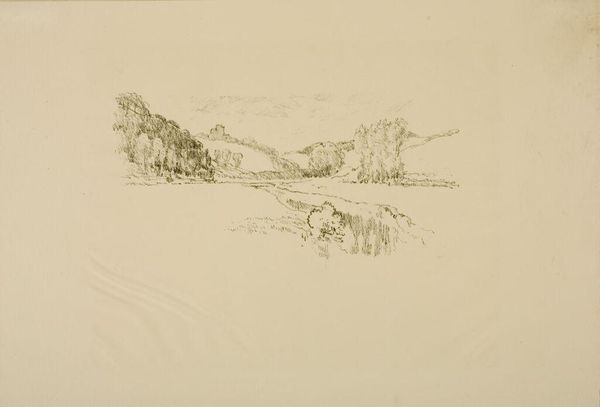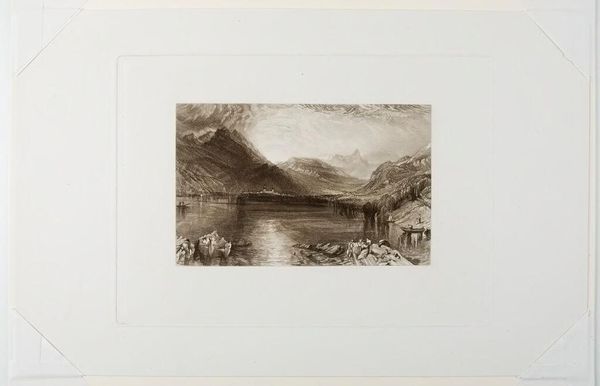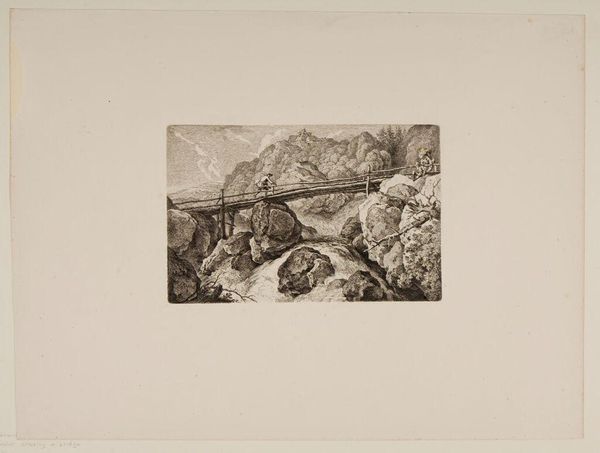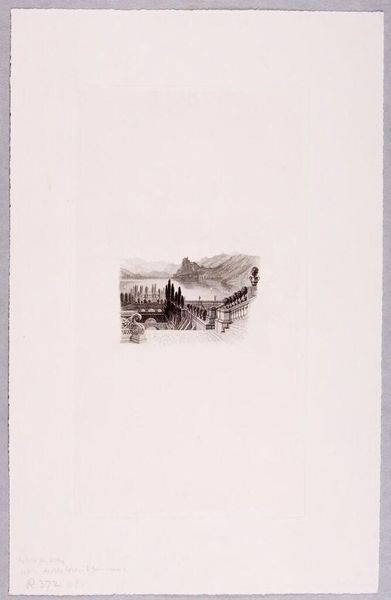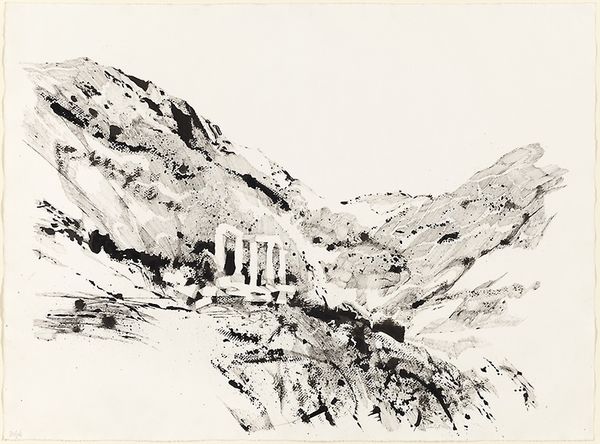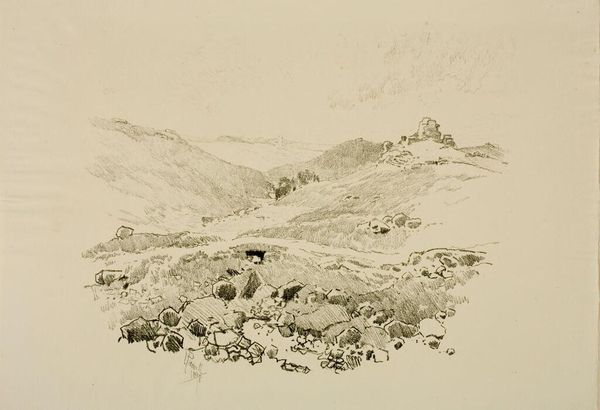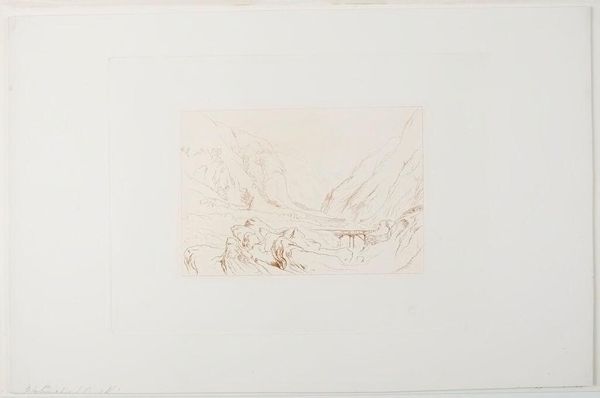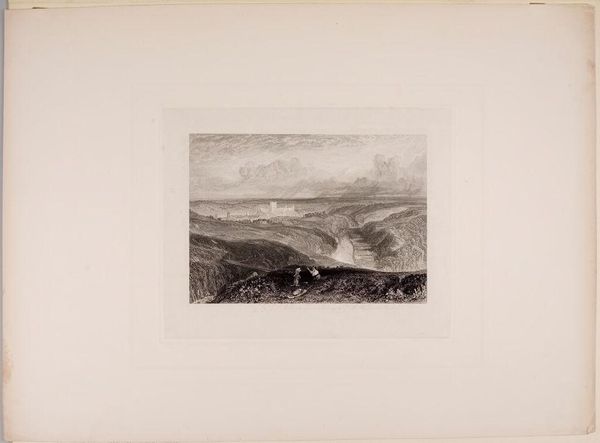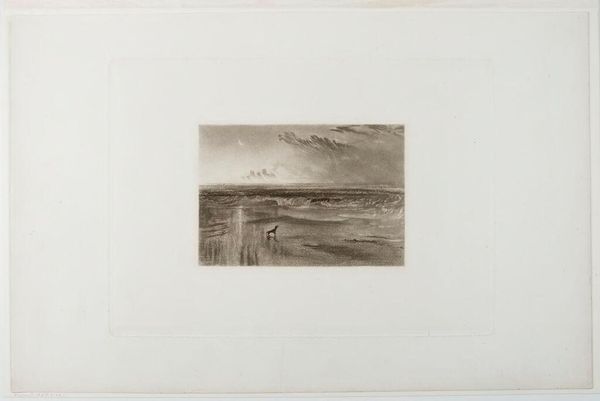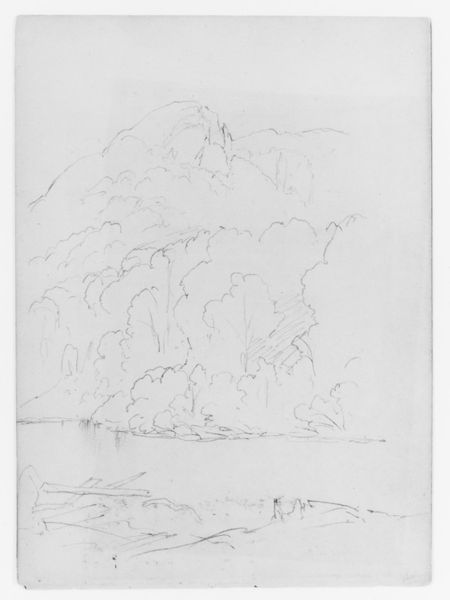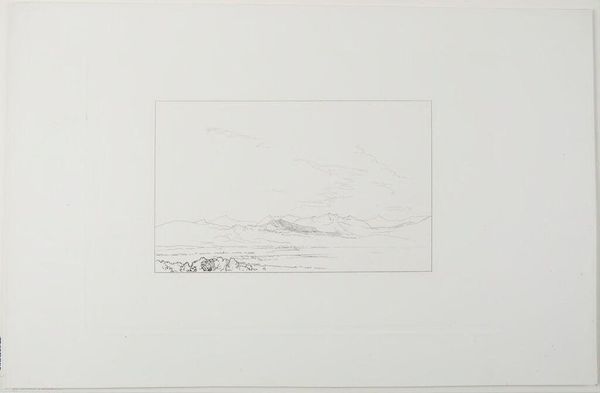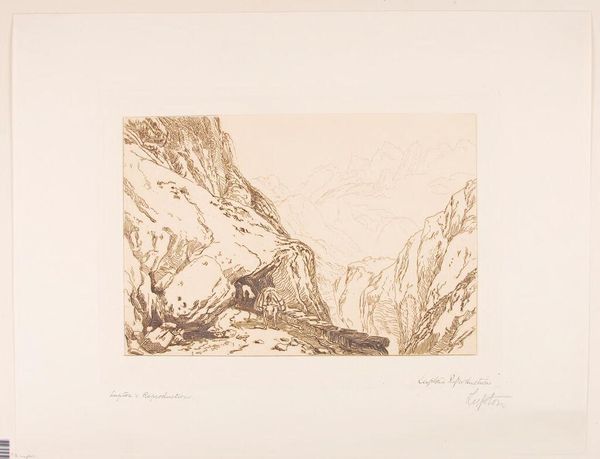
Copyright: CC0 1.0
Editor: Here we have John Ruskin's "Lake of Zug," its date is unknown. It looks like a pencil or charcoal drawing. I'm struck by its quietness, a certain stillness in the landscape. What do you see in it? Curator: Ruskin's landscapes, particularly his drawings, were often intertwined with his social and political commentary. Do you see how he meticulously renders the geological formations? This reflects a broader 19th-century interest in scientific observation and the sublime power of nature. Editor: So it's not just about the pretty scenery? Curator: Not at all. Ruskin believed art had a moral purpose. His detailed landscapes served as a critique of industrialization, reminding viewers of the beauty they risked losing. Editor: I never considered that his landscapes could be a form of social commentary. Curator: Exactly! He saw the artist as a kind of social conscience, drawing attention to the impact of human actions on the environment and society. Editor: That gives me a completely different perspective on Ruskin's work. Curator: It challenges us to look beyond the surface beauty and consider the deeper social and environmental concerns reflected in his art.
Comments
No comments
Be the first to comment and join the conversation on the ultimate creative platform.

